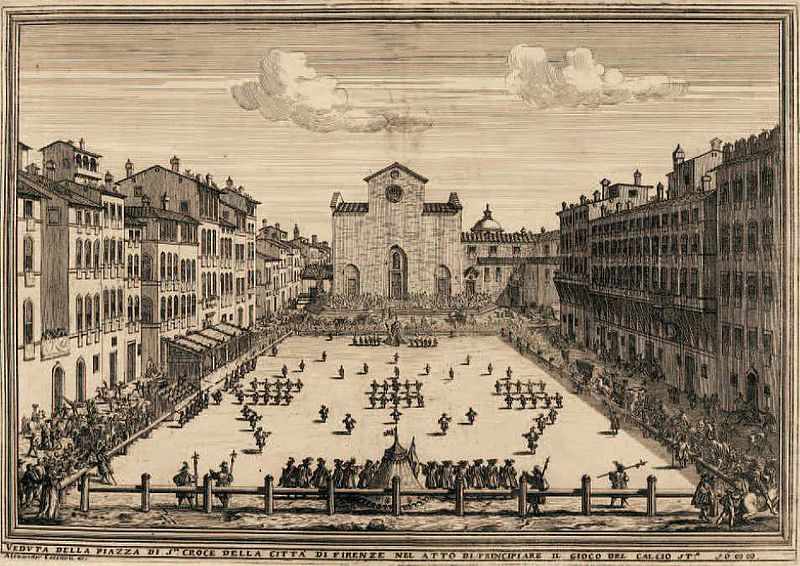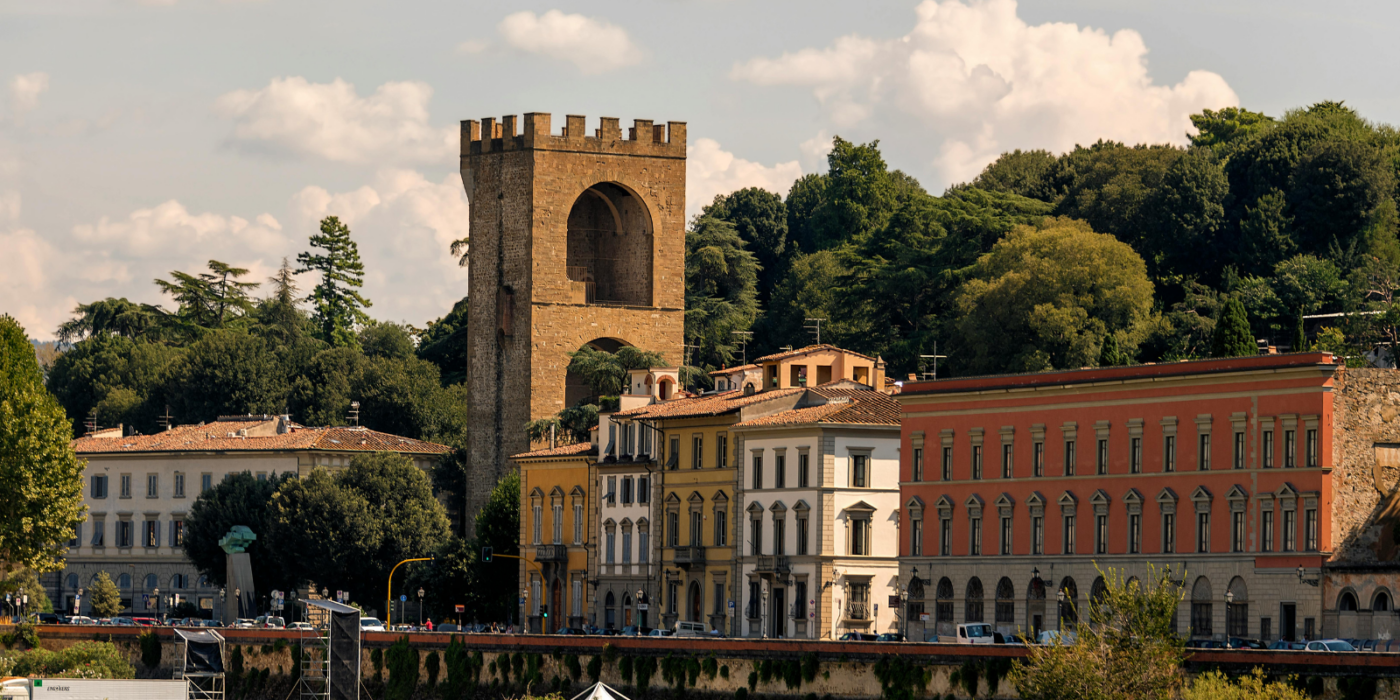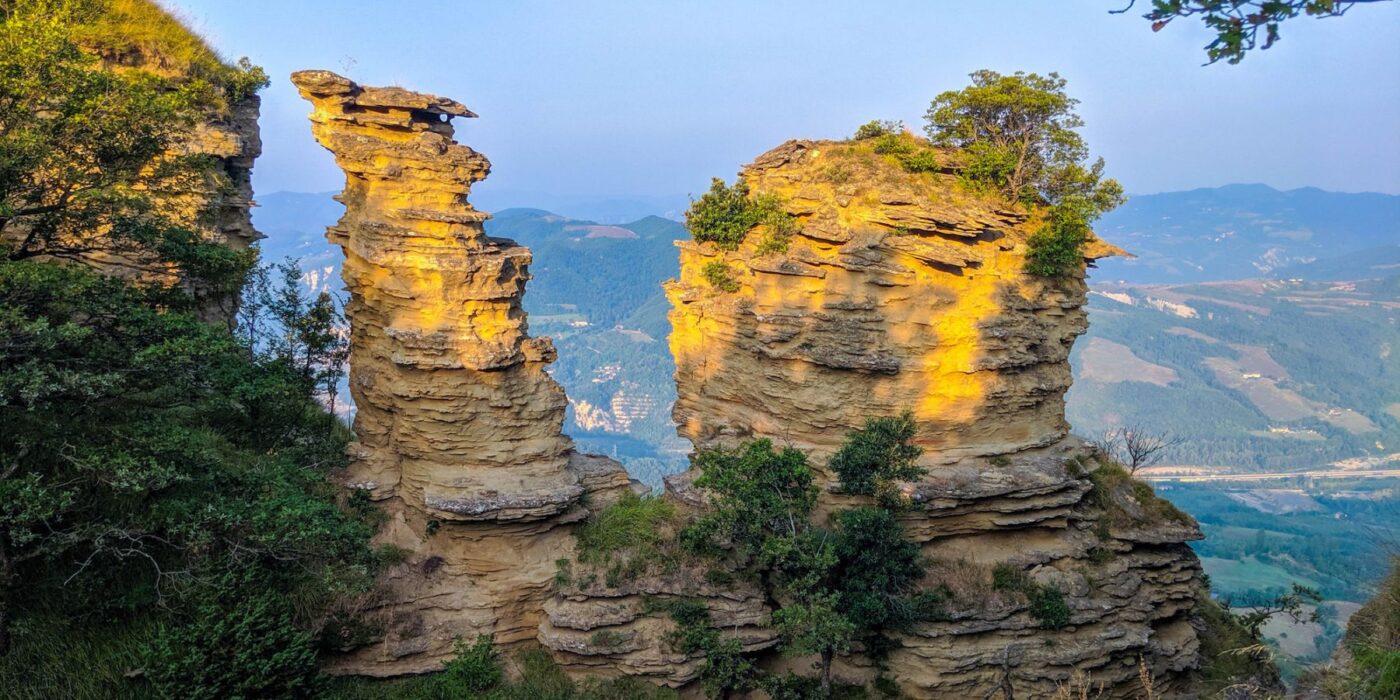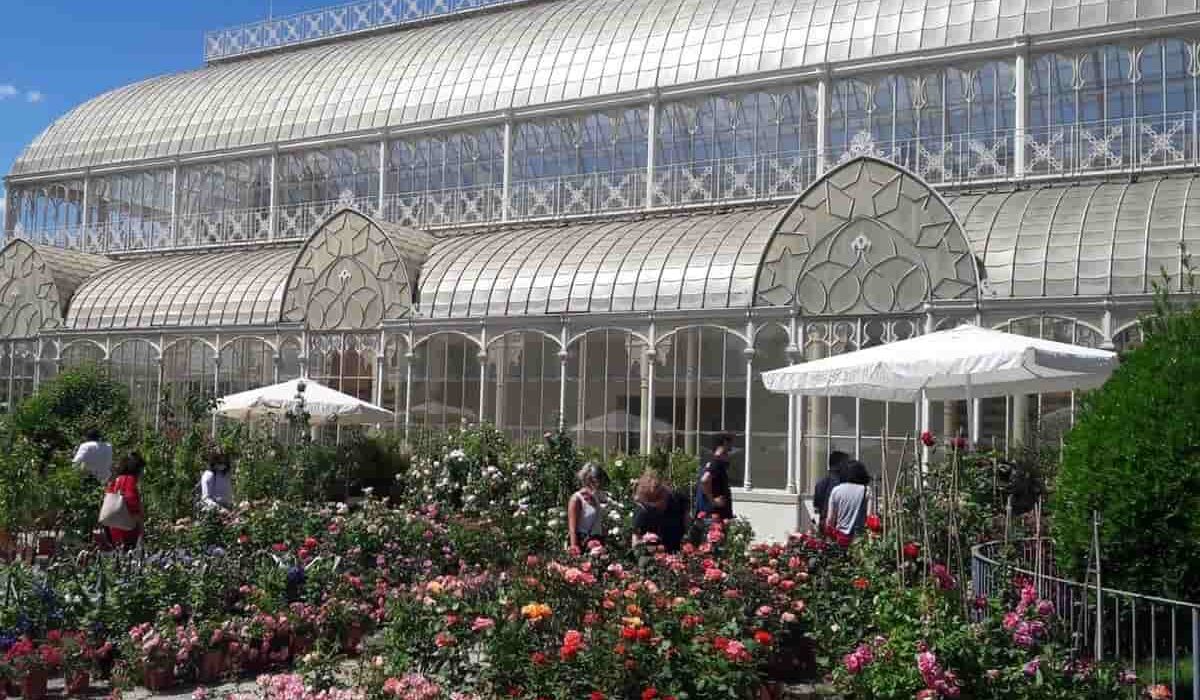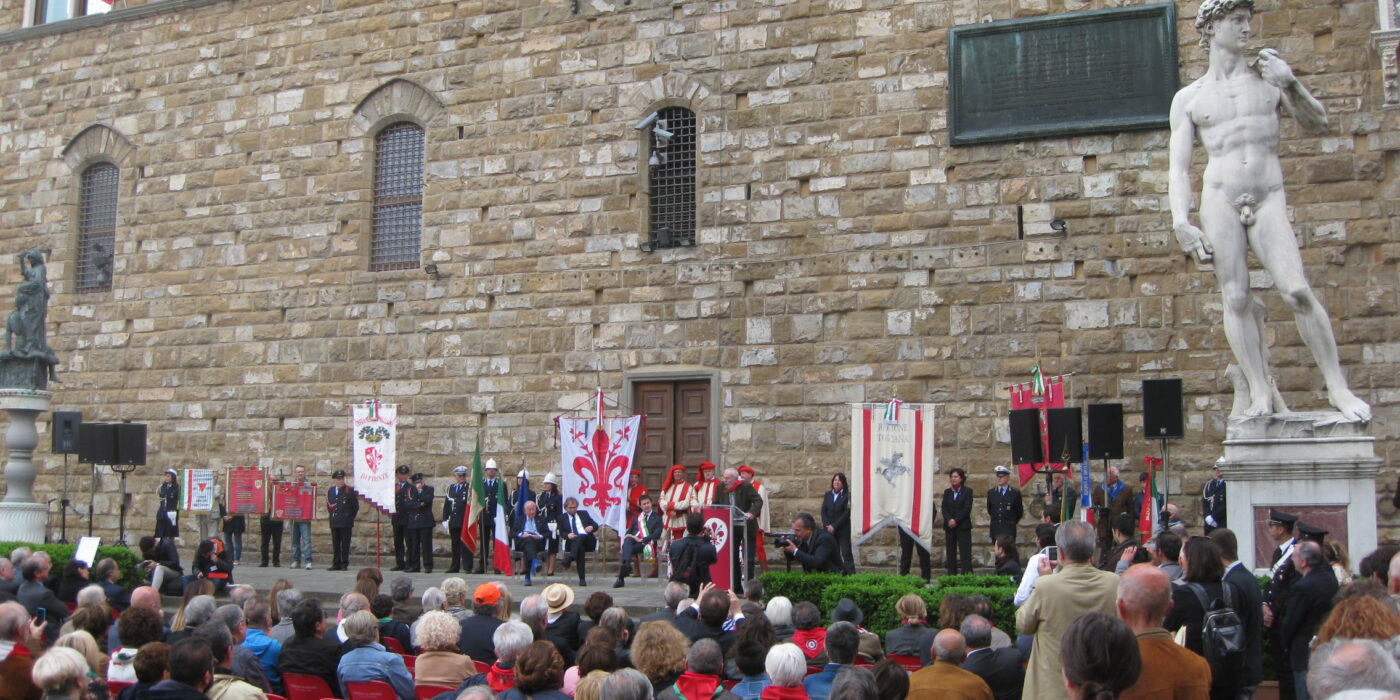How to Prepare Your Home for the Summer Season in Florence
Florence remains one of the most sought-after tourist destinations during the summer months. Its artistic heritage, vibrant cultural life, and unique atmosphere attract millions of visitors every year. In this context, short-term rentals in Florence present a valuable opportunity for those who own property in the historic center or surrounding areas. However, preparing a home for the summer season requires attention to detail, care, and a hospitality-oriented approach.
Climate Comfort: A Must for the Florentine Summer
Summer heat in Florence can be intense. For this reason, a home intended for short-term rentals must ensure good thermal comfort. Installing or maintaining an efficient air conditioning system is essential. Natural solutions such as blackout curtains, ceiling fans, and shutters can also help maintain a pleasant temperature. A cool and well-ventilated home is more inviting and increases the chances of receiving positive reviews.
Details That Make a Difference in Summer Hospitality
During the summer months, guests look for a relaxing and functional experience. A welcome kit with fresh water, city maps, and tips for the best gelato spots or shaded terraces can make a big difference. Providing summer accessories such as straw hats, fans, or mosquito nets can further enhance the guest experience. Attention to detail is what turns an ordinary stay into a real vacation.
Cleaning and Maintenance: Top Priorities
In summer, with increased bookings, maintaining a high standard of cleanliness is essential. Scheduling a deep clean before the start of the season and planning regular checks between stays ensures a consistently perfect environment. Likewise, preventive maintenance of appliances, plumbing, and air conditioning systems helps avoid unpleasant surprises.
Outdoor Spaces: An Added Value in Summer
Those who choose short-term rentals in Florence during the summer often want to enjoy a moment of relaxation outdoors. A small balcony decorated with plants, a terrace with an umbrella, or a courtyard equipped with chairs and a table can become strong selling points. Outdoor lighting, with soft lights or lanterns, also helps create a pleasant atmosphere for summer evenings.
Communication and Visibility: Promote Your Home the Right Way
Preparing your home for summer isn’t just about improving its physical state. A well-crafted listing, updated with seasonal photos and a description focused on summer benefits, can greatly boost online visibility. Clearly mentioning climate comfort, outdoor spaces, and extra summer services will catch the attention of travelers searching for short-term rentals in Florence.
Entrust Your Home to SweetDreamsInFlorence: Worry-Free Professional Management
If you want to take advantage of the opportunities offered by short-term rentals in Florence but lack the time or skills to manage all aspects, SweetDreamsInFlorence is here to help. We offer a comprehensive property management service designed for homeowners who want to stay informed and compliant without dealing with daily management. From online promotion to guest care, cleaning, maintenance, and regulatory compliance, we handle everything. Contact us through our website www.sweetdreamsinflorence.com to propose your property: we’ll turn it into a source of income, leaving you with nothing but the satisfaction of the results.
Investing in summer preparation for your home is essential to maximize the return from short-term rentals in Florence. Focusing on comfort, details, cleanliness, and online presentation helps you stand out in a competitive market and offer guests a memorable experience in the stunning summer setting of the Tuscan capital.


